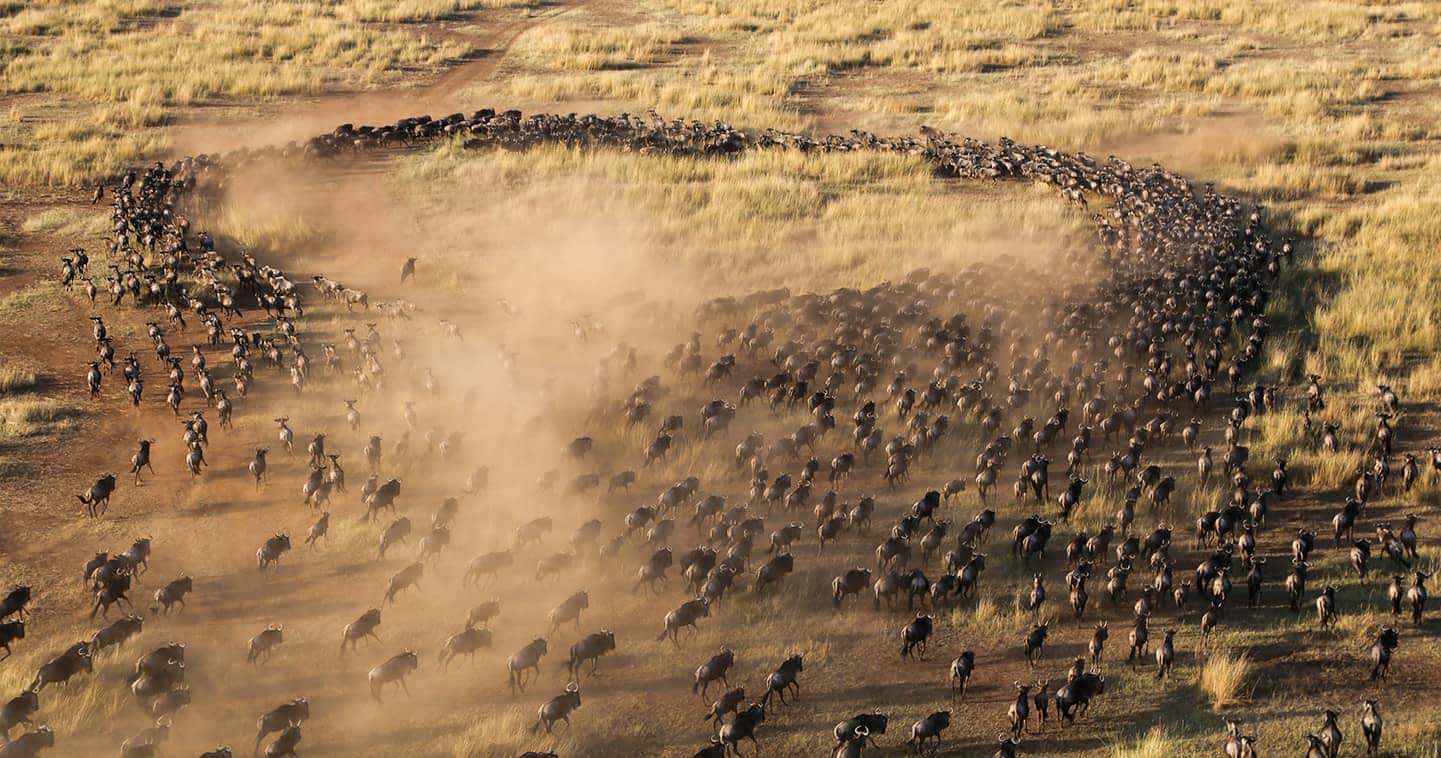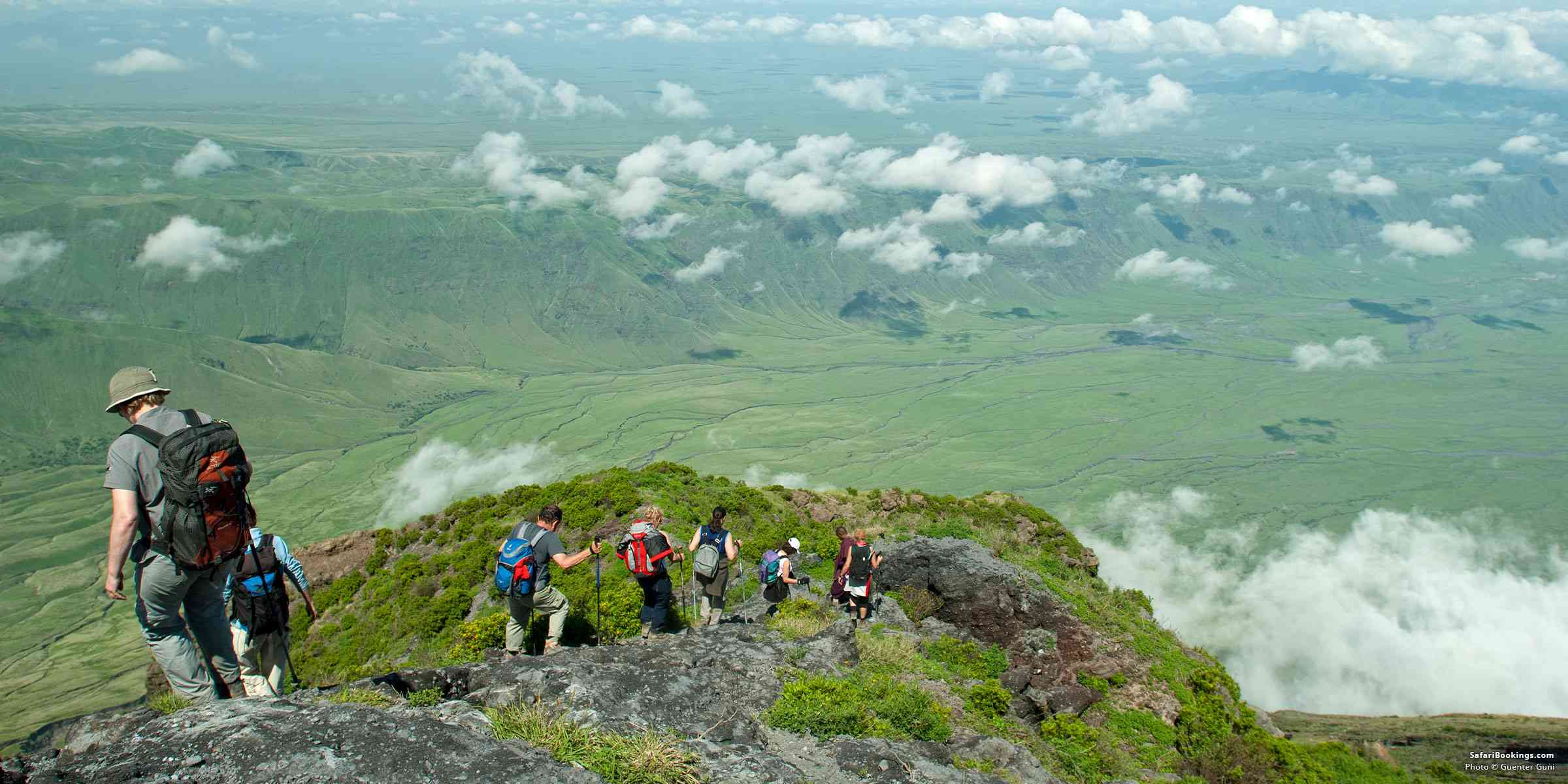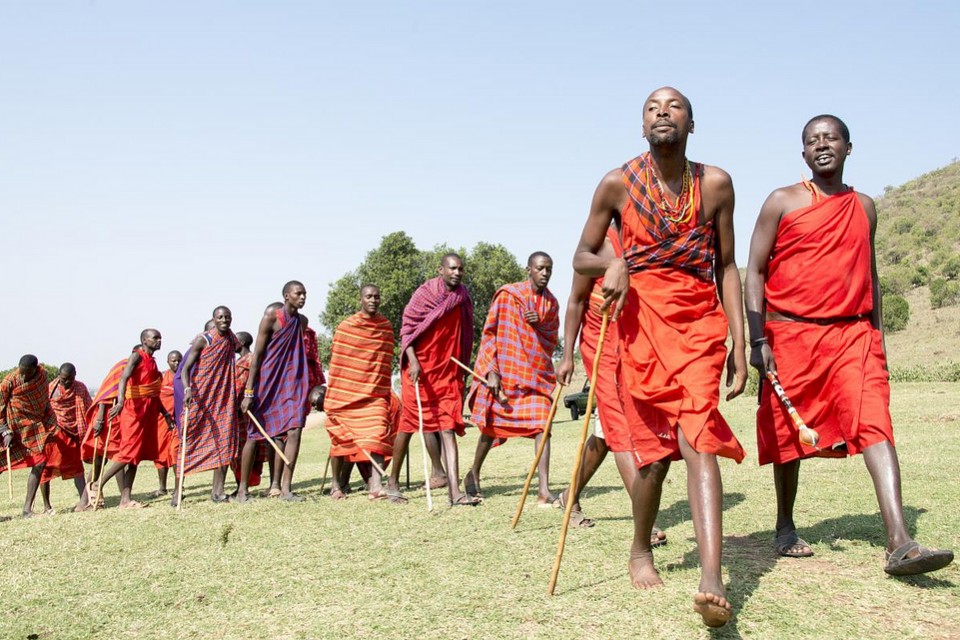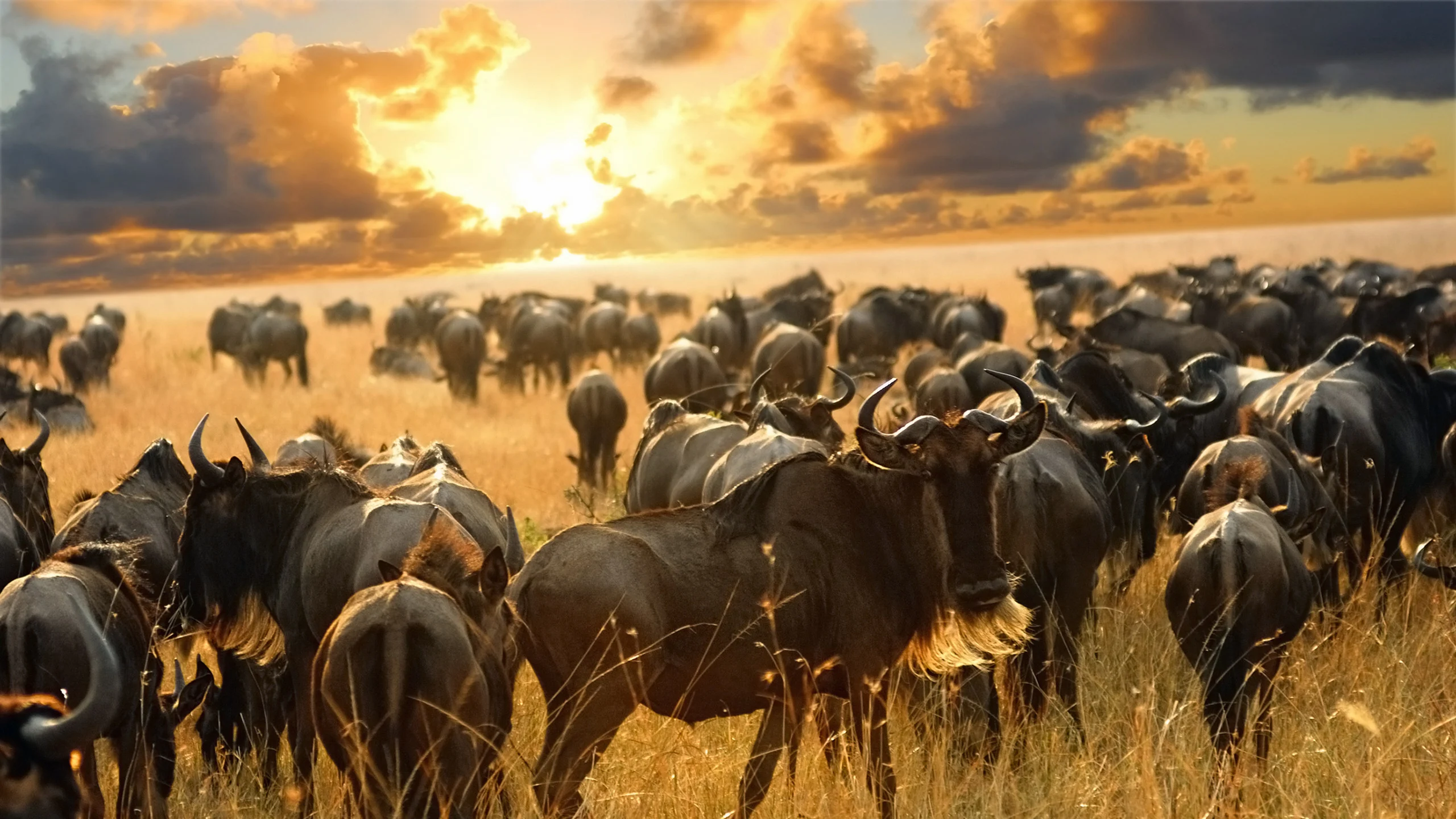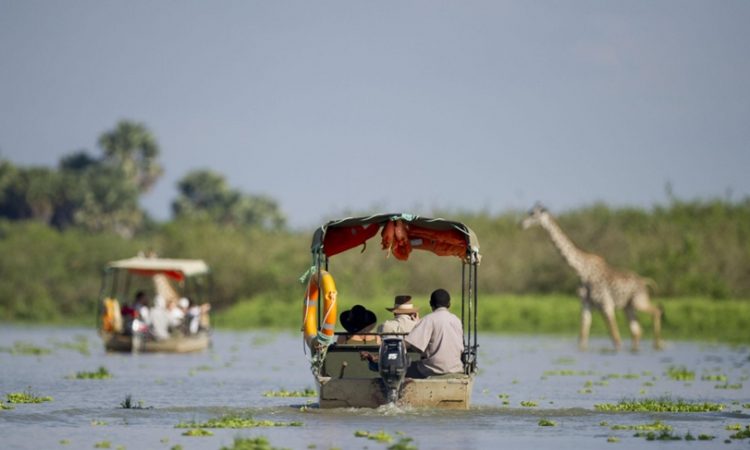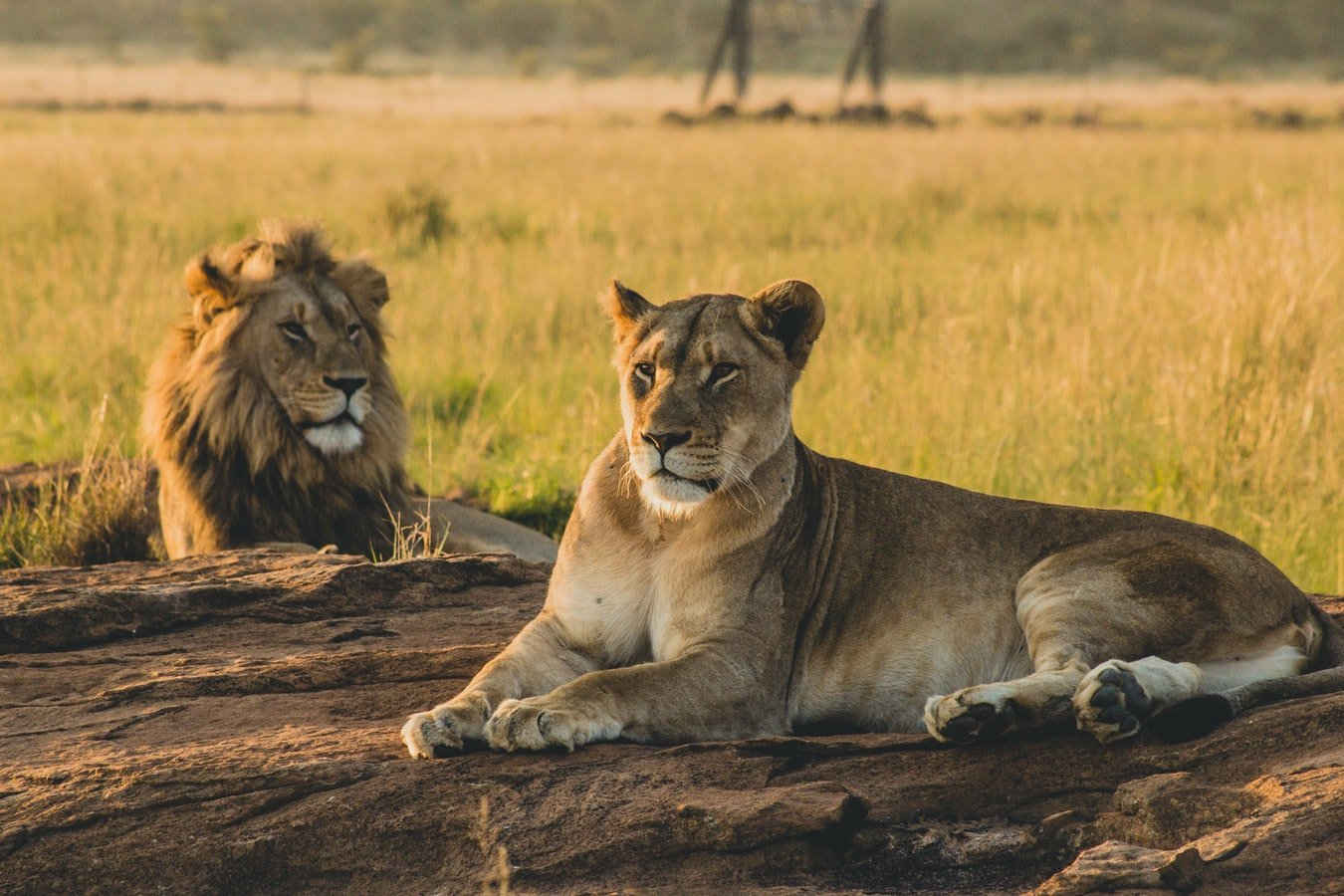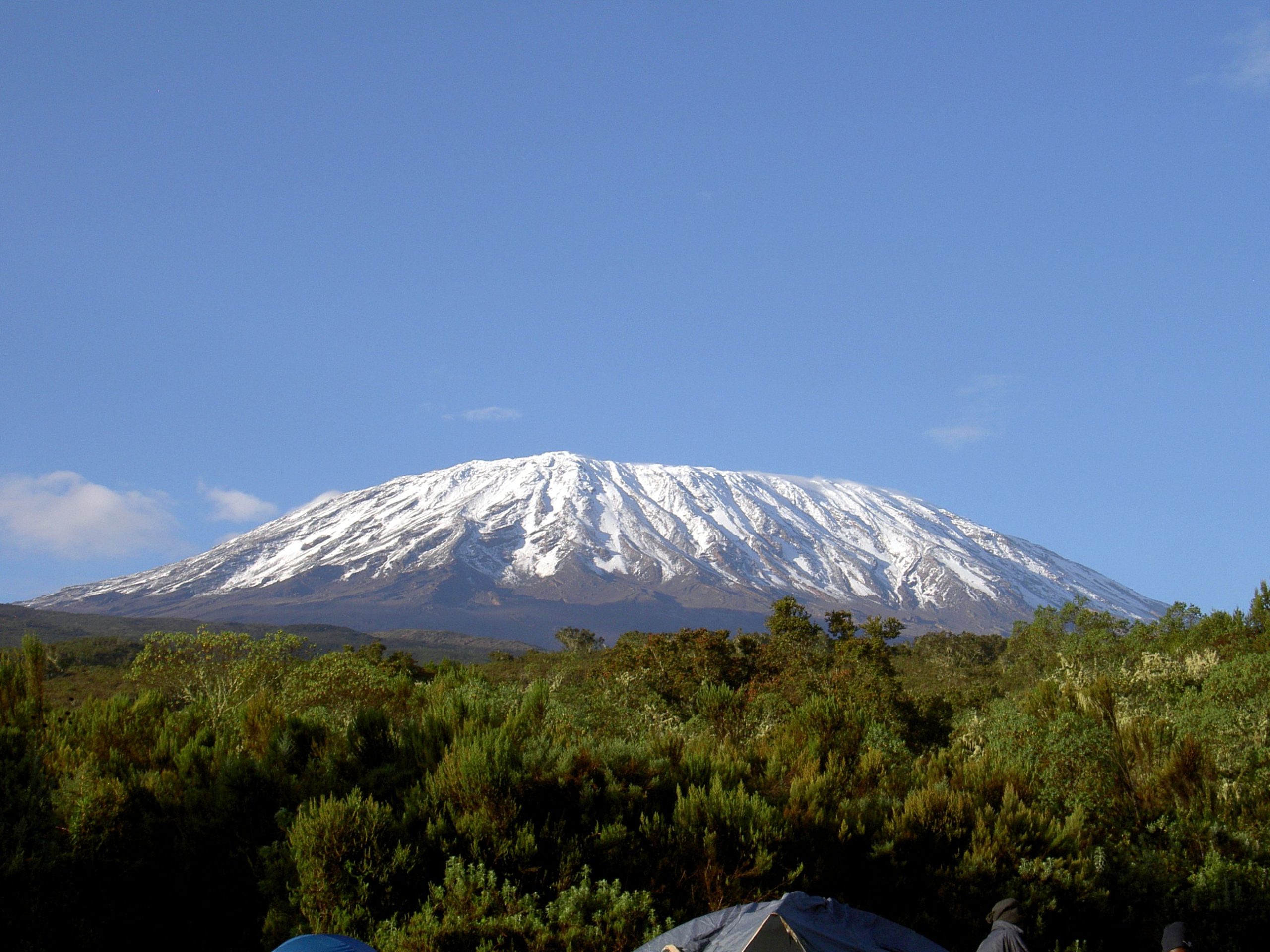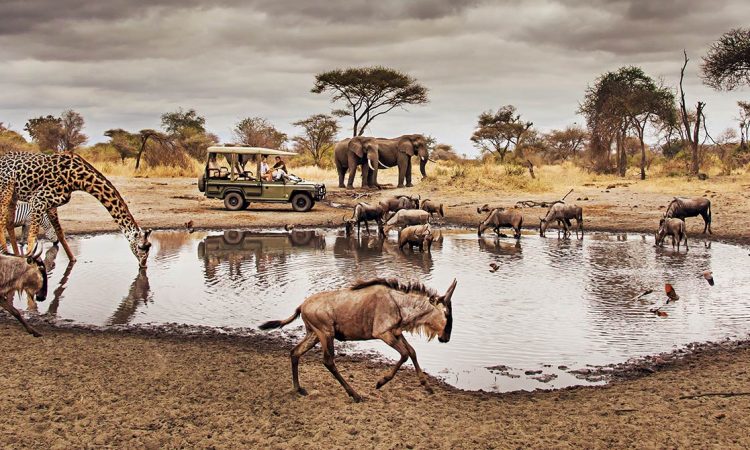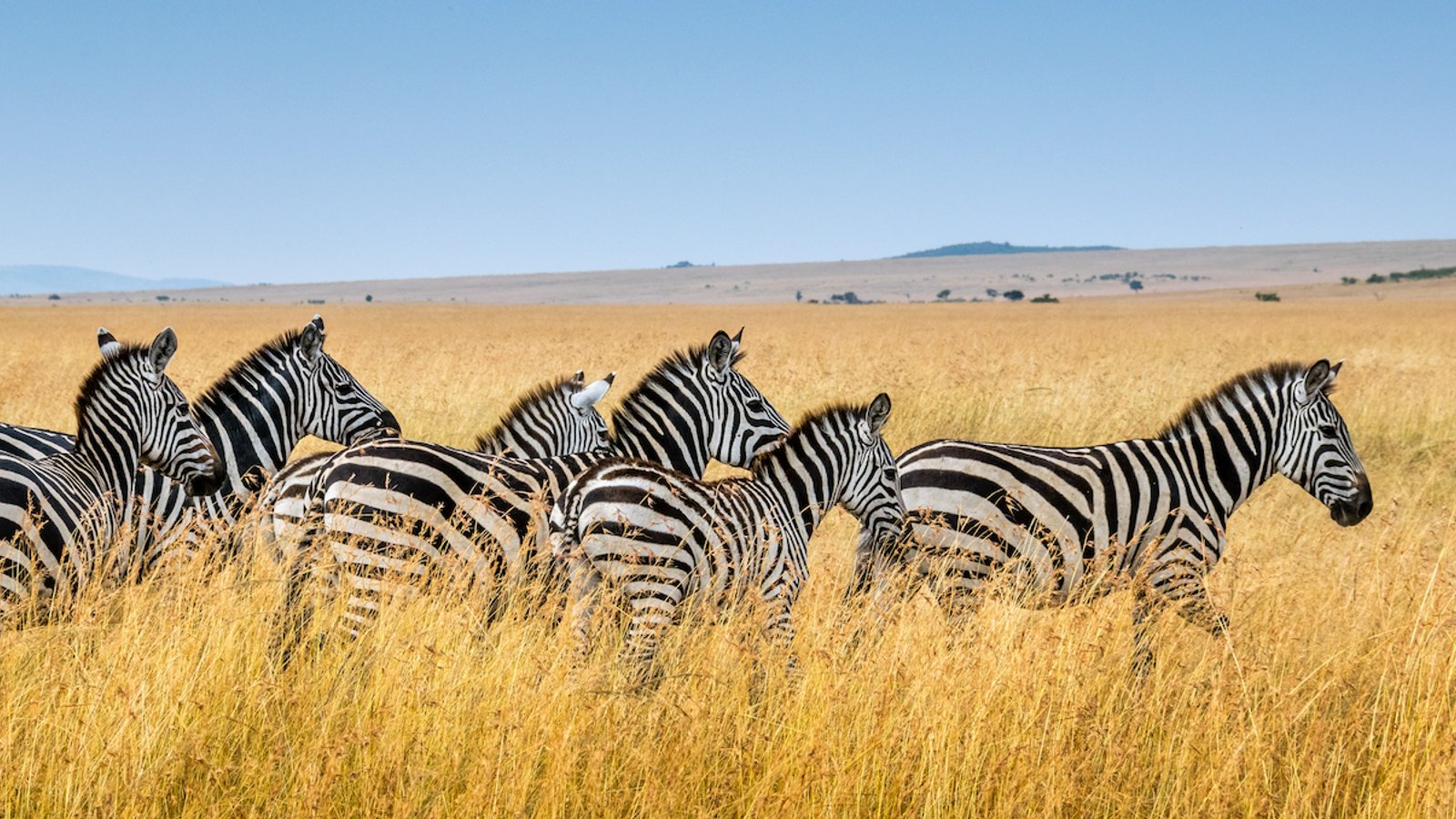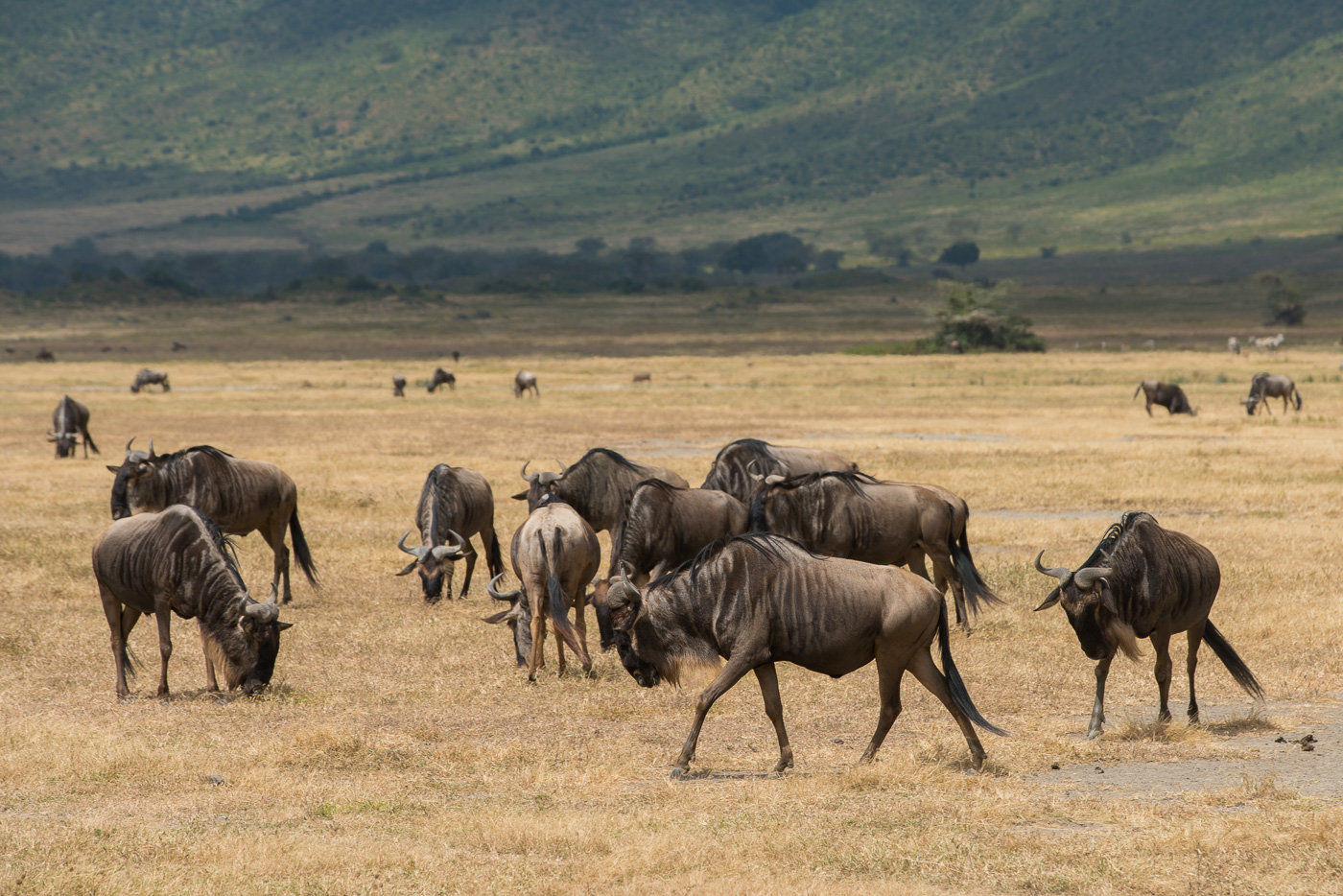The Serengeti, a sprawling wilderness in Tanzania, plays host to one of the most breathtaking natural phenomena on Earth – the Great Migration. Every year, millions of wildebeest, zebras, and gazelles embark on a perilous journey in search of greener pastures, creating a mesmerizing spectacle that captivates all who are fortunate enough to witness it. In this article, we’ll delve into the intricate details of this annual event, exploring the migration route, the best viewing spots, and the incredible spectacle that unfolds.
Understanding the Great Migration
The Great Migration is a colossal movement of wildlife that spans across the vast plains of the Serengeti and extends into the Maasai Mara in Kenya. It is a cyclic journey dictated by the changing seasons, as the herds follow the rains in search of fresh grass and water. This awe-inspiring journey is not only a testament to the resilience of the animal kingdom but also a feast for the eyes.
Migration Route
The migration typically follows a clockwise circuit, covering over 1,000 miles. The journey begins in the southern Serengeti, where the wildebeest give birth to their calves during the calving season from January to March. As the dry season progresses, the herds start moving northwards, crossing rivers and plains, facing numerous obstacles such as predators and treacherous terrain. By July, they reach the northern Serengeti and often cross the Mara River into the Maasai Mara, creating an iconic moment in the migration.
Best Viewing Spots
Several locations offer prime viewing opportunities to witness this extraordinary event. The southern Serengeti is ideal during the calving season, providing a chance to witness the vulnerable newborns taking their first steps. The central Serengeti, with its open grasslands, is perfect for observing the herds in full force during the migration. For the dramatic river crossings, the northern Serengeti and the Maasai Mara are unparalleled.
The Incredible Spectacle
The Great Migration is not just about the sheer number of animals on the move; it’s a sensory overload. The air is filled with the sounds of hooves pounding the earth, the grunts of wildebeest, and the distant roars of predators. The landscape is transformed into a living, breathing entity as far as the eye can see. It’s a symphony of life, death, and survival – a raw and unfiltered portrayal of nature’s grandeur.
Planning Your Safari
If you’re eager to witness the Great Migration, planning your safari around the migration’s timing is crucial. The peak river crossings typically occur between July and September, offering a front-row seat to this majestic event. Working with experienced guides and safari operators ensures you are at the right place at the right time, enhancing your chances of witnessing this once-in-a-lifetime spectacle.
Conclusion
The Great Migration in the Serengeti is a marvel that words can hardly do justice. It’s a testament to the intricate balance of nature, showcasing the resilience, instinct, and beauty of the animal kingdom. As you plan your safari to witness this extraordinary event, remember that you’re not just observing wildlife – you’re immersing yourself in a living, breathing masterpiece that has unfolded for countless generations and continues to captivate the hearts of all who are lucky enough to witness it.
